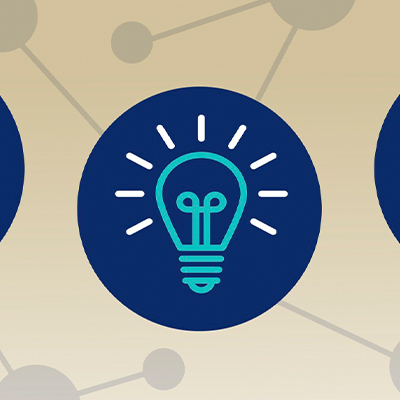The continued economic integration of Asia will open up opportunities for savvy businesses, predicts Piyush Gupta.
Since becoming CEO of Singapore-based DBS, in 2009, Piyush Gupta has taken Southeast Asia’s largest bank on a journey of digitisation. It’s a quest that extends beyond consumer-facing digital wallets such as PayLah! that enable clients to access banking services with a simple tap on their smartphones. To support the internal operations of DBS, its infrastructure stack has also been overhauled to harness technologies such as AI, the Internet of Things, and a virtual private cloud. In 2019, Euromoney recognised DBS as the “World’s Best Bank,” and Harvard Business Review ranked it among the decade’s ten most transformative organisations, also honouring Gupta as one of the world’s 10 best-performing CEOs. A staunch believer in the private sector’s capacity to shape society constructively, Gupta also devotes significant time to the UN secretary-general’s Task Force on Digital Financing of Sustainable Development Goals and to Singapore’s Advisory Council on the Ethical Use of AI and Data.
Within Asia, Gupta sees COVID-19 accelerating existing macrotrends, from the digital transformation to public–private partnerships. In June, he explained to McKinsey’s Jason Li and Joydeep Sengupta how DBS’s early embrace of digital technologies helped it shift employee mindsets and overcome the security risks associated with remote work during the pandemic, as well as where he thinks Asia is headed. Gupta also talked about critical new forces, such as supply-chain shifts and the convergence of industries he sees taking shape and why the bank’s deeply held principle of “doing real things for real people” will be even more important in a post-COVID-19 Asia.
The McKinsey Quarterly: Looking back at COVID-19 a decade from now, do you think we’ll see the pandemic as a speed bump or a true inflection point?
Piyush Gupta: I think it will be an inflection point, partly because it’s going to accelerate some major existing trends. One of those trends is geopolitics. The “China–US bifurcation” is not new and has been happening for the last year. Most people imagined that we’d see an orderly resolution or a pact—maybe both. But COVID has exacerbated those tensions, and I think the chances of this leading to two blocs is real. The impact will be long-lasting.
Second is a shift in supply chains. That’s a trend that has started, but this process might get accelerated with a focus on resiliency. We’ll be seeing more near-shoring and on-shoring. I think you might see fundamental changes in the supply-chain globalisation of the last 25 years.
The third major change is an acceleration in digital-consumption demand. There were a lot of people who were resistant. But the long tail has been shifting rapidly, and what’s happened in the last few months would have taken five years if not for COVID-19. And on the flip side of that—the supply side—we’ve seen a large number of workers being able to work digitally and remotely. There’s going to be a significant acceleration in that phenomenon as well. In addition to pure efficiency, it will change the capacity for companies to source talent from multiple locations across geographies.
I think we’re also going to see significant consolidation on the back of COVID. That’s principally because, while there’s a lot of debt floating around right now, there’s going to be the need to recapitalise large numbers of companies over the next year or two. Many countries and sectors don’t have enough equity, and this will give rise to the opportunities to consolidate new global champions, if you will. Additionally, in a post-COVID world, you’ll find industry boundaries collapsing even more. As people look horizontally to find customer value propositions and customer solutions, companies will transcend traditional boundaries that used to define their industries. Marc Andreessen said quite pithily that “software is eating the world.” Well, this goes for every industry.
All of these trends suggest to me that when we look back 10 years from now, we will see this as a bit of a watershed moment, when things fundamentally did shift.







